|
Master
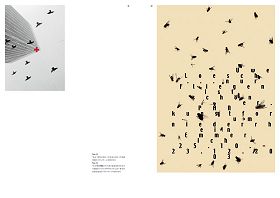
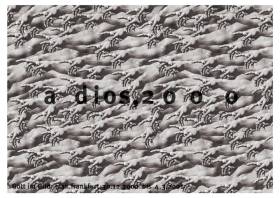
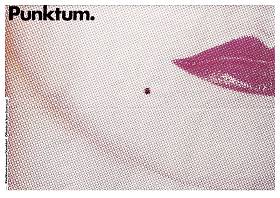
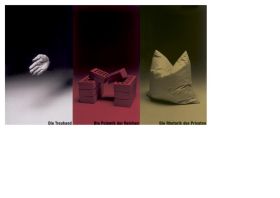
Students
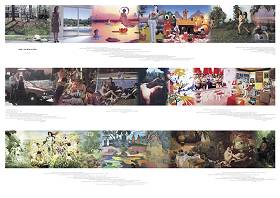
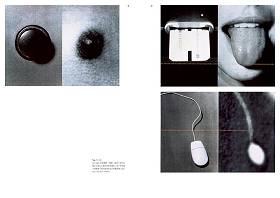
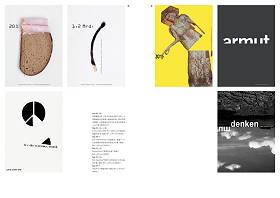
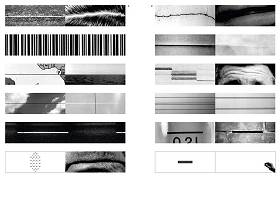
|
Interview with Prof. Uwe Loesch
1. You are a professor of graphic design, yet to me you are primarily a successful designer. Do you think these are two completely different careers? Which one means more to you? How do you compromise the teaching of graphic design and your own practice of it?
These are two sides of the same coin: heads or tails? Choose one for yourself! You cannot "want to become" a teacher. Great artists always have had students. They were also teachers. In Germany you are officially "appointed" to be a professor if you show appropriate achievements. Apart from that: creativity is innate and therefore neither to be learned nor to be taught. At the university I convey criteria that help in objectively judging one's own work and the work of others.
2. During your educational communication with the students, has your work ever been influenced by the younger minds of design? If yes, in which respect is this so? How do you look at such an influence?
Most students go through a period of copying or imitating. At first they just copy. It takes years for them to find their own form of expression. In Europe only the original, the allegedly new is valid. In Asia they know that the wheel cannot be invented again. Therefore they just seek to improve it. In Europe they sometimes try to leave it out. If we only had wings!
3. As an internationally renowned graphic designer, many of your works are regarded as classics. I’m curious about whether the strong individual style in your characteristic works has an influence on the artistic creations of your students. How do you take hold of this influence? If a student emerges with a style very similar to yours, how would you feel and what would you do?
The greatest appreciation of your work comes from imitators. Really good work cannot be plagiarized. When an attempt to do so is made, it is immediately apparent. The copy celebrates the original. I point out this phenomenon to the imitators among the students. Also it is very difficult to copy a mental attitude. I don't mind mutual agreements, such as in working with a similar treatment of text and image, if they are shared.
4. With the rapid development of science and technology, it is inevitable that the application of new technologies enter the realm of design. How do you see the relationship between new-tech and the training of traditional basic skills in your teaching?
Both forms of expression are important. Rumpling a piece of paper and (digitally) photographing it is easier than inventing the rumple-effect on the computer. Plus, the computer primarily refers to itself, i.e. you can see if something was done with a computer. The relation of hand and head is connected to "grasping". The mouse (in our head) knows if it draws a cat on the screen, it will not be ate by that cat. By the way my cats are named Yin and Yang.
5. The idea of Globalization is very popular these days. Is graphic design gradually losing its native character and regional identity? May I know your attitude towards the concept of “nationality” in your design and teaching?
In the 18th century, Europe was enthusiastic about everything Chinese. Travel, writing and imported souvenirs brought about a specific decorative style, which was labelled with the French term "Chinoiserie". At first, exact copies were produced, followed by more imaginative creations of porcelain manufacture, china, stucco, furniture, tapestry, textiles, right up to whole "Chinese rooms", mirror cabinets and pavilions. The themes were more or less self-created China inventions. This established image of China has influenced the European idea of the Far East until today. People in today's China act similarly.
The European lifestyle is imitated, as far as it is practical and useful. Apart from that, in China one stays Chinese and in Europe European. Or are we all becoming Americans? In a superficial way, Chinese design is heavily influenced by America,
especially in advertising. But there are increasing numbers of extraordinary Chinese communication designers that establish a beautiful symbiosis of Orient and Occident in their work, and they successfully incorporate the great tradition of Chinese calligraphy and art.
6. Speaking of Globalization, I always feel that people today are emphasizing speed more than creativity of design.
How do you understand “speed”?
Faster, higher, farther! What has grown in Europe over centuries is now recalled in China in a few decades. Quality still counts in communication design and requires a concentrated creative process, but I concede that some of my best works are "5-minute-posters". Sometimes you have a fixed idea that turns out to be reliable. To make sure that the idea is no ephemera, I subsequently develop alternatives which I finally dismiss.
This book for example had to be made quickly. It was problematic to find and evaluate the best works of the students, even though I have been teaching for 30 years.
For all collaborations – also my own – this would be an interesting story to tell. Especially about the ideas and images in the students' heads, in contrast to that which is finally visible.
7. Savignac used to say posters are children on the streets. In Europe, people tend to understand the poster as an art on the street. Then, what do you think of posters being exhibited and kept in museums? How much time and effort will you devote to poster design in your class schedule?
The "homo ludens" has a pronounced instinct to live out. In this view all people remain children throughout their lives.
To make this playing-instinct your profession, as Savignac did, is to be an artist. In this respect I ask myself why the Chinese like to gamble so much. Happiness is not a game of chance, but an unbearable state of boredom.
Therefore many of my ideas for posters come from the domain of catastrophy. This was how I developed the "principle of optical disappointment". All text- and image-elements within the format are placed where you don't expect them. And their – quite effective – transition from the street into the museum came just as unexpected.
8. Do you have any specific requirement for design theories in class? What are the books that you usually recommend to your students?
To understand the world we first have to read "The Hitchhiker's Guide to the Galaxy" by Douglas Adams, then Dante's "Divine Comedy" and Marcel Proust's "In Search of Lost Time" and of course Homer's "Iliad" and "Odyssey", but above all "Aladin and the Wonderful Lamp" from "1001 Nights", which takes place in Bagdad and China. Helpful would be the
"Yi Jing" with a supplement, because without that, this cannot be understood. If there is time remaining the students should rummage through the biographies of 20th century's great designers and architects to comprehend the connection between work and the personality. One has to develop the principles of creation by oneself and always invent them anew.
There is no rule that does not live by exception.
9. How would you feel about the achievements and success of your students?
My former students are terribly successful in San Francisco, London, Amsterdam, Paris, Jakarta and temporarily even in Hong Kong. Eight of my former graduates are teaching as professors at German universities. What more can I expect?
10. One last question, how do you define a "good designer" and a "good student" respectively? Thank you!
The best designers have the largest dustbins.
Jianping He/ April 2004
|









